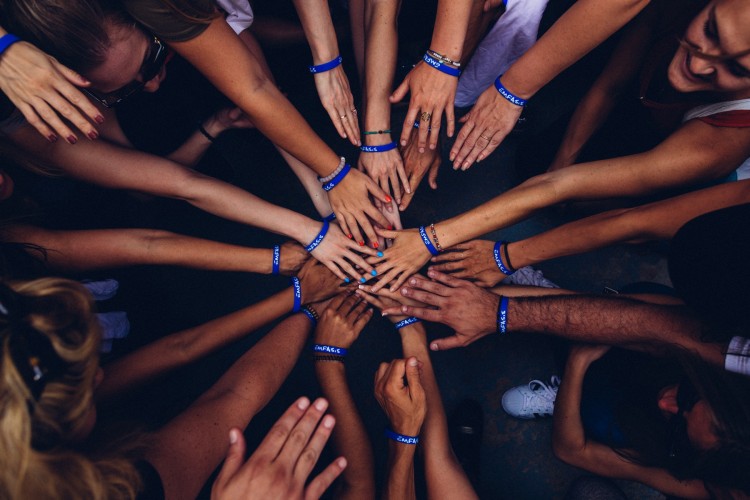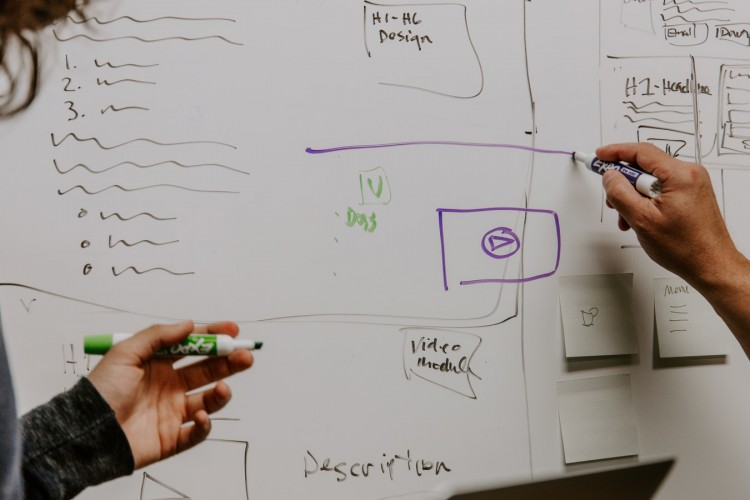
Most agencies participate in a strategic planning process, which many times include the key stakeholders of the agency and/or of the youth program they operate. (Strategic plans can be and should be considered at a program level as appropriate – especially for large multi-service agencies). The purpose of the plan is to guide the work of the agency or program. Though most agencies have that goal in mind, actualizing that vision and keeping it as a central guiding tool is sometimes lost in the business of doing the work. Some key things to remember about your strategic plan:
- Keep your board and key stakeholders engaged. These are the folks that helped create the plan – finding creative ways to keep them involved in realizing the successes (and the challenges) will ensure that you continue to move forward with buy-in on your plan. Revisit your plan with your team at least annually, and if the plan is flexible and responsive, spend some time updating the key items to include current realities.
- Develop a plan that evolves with your work. Many times, a strategic plan becomes outdated the month after it is created. The plan should allow you to know your mission and your goals, clearly identify opportunities and obstacles, have guidelines and expectations, and include a framework for implementing the plan. It should not lay out each activity or action step with a time-frame for deliverables. Your environment and reality are ever-changing – what you need is a strong guiding document that allows you to adjust in the moment to meet emerging needs and participant demands, and capitalize on unforeseen opportunities. There are thousands of guides on strategic planning. One that Youth Collaboratory uses is Real-Time Strategic Planning. Listen to Heather Gowdy to learn more about the basics of the process in her Connection talk. Your strategic plan will guide you as you develop a business or action plan.
- Know where you have been. To expand what we do, we need to really learn from what we have done. Reviewing your strategic plan to identify success and obstacles is important to moving forward. Focus on developing new ways to collect qualitative and quantitative data at an agency and program level, so that you can be sure that what you are doing works and is being done in the best way possible. Then use these findings and good practices to guide your work. Know the theory of change that guides your program design. Most of us are familiar with the concept of a theory of change in the context of capturing program impact but it is more than just a tool to guide effective evaluation. It provides the foundation for everything you are trying to accomplish.
Acknowledgments
Youth Collaboratory thanks the agency leaders that contributed their thoughts on what youth service agencies need in place to develop and maintain relevant and sustainable youth service programs: Patricia Balke, Executive Director Wisconsin Association for Homeless and Runaway Services; Lisa Goldblatt Grace, Co-Founder & Director My Life My Choice; Ella Holsinger, Vice President Goodwill of Southwestern Pennsylvania; Carlos Lejnieks, Executive Director Big Brothers Big Sisters of Essex, Hudson & Union Counties; Mary Fraser Meints, Executive Director Youth Emergency Services; and Mack McGhee, Superintendent Department of Youth Rehabilitation Service, New Beginnings Youth Development Center.





